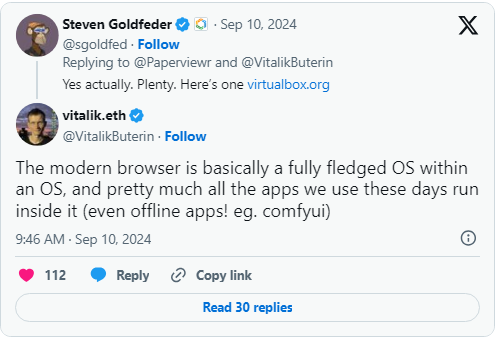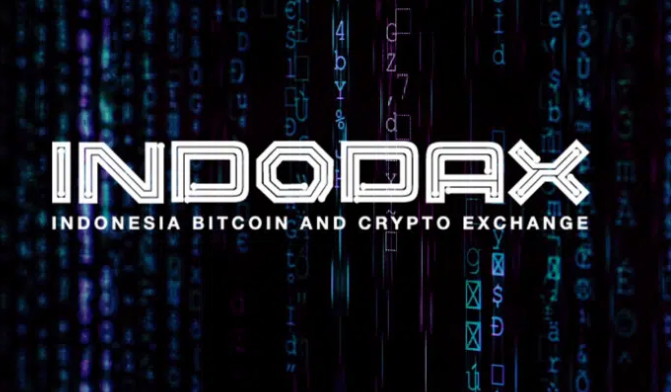In the face of increasing criticism, the Ethereum community has recently defended Vitalik Buterin’s vision for Layer 2 (L2) solutions. Detractors have asserted that the L2s were not by the fundamental principles of Ethereum and deviated from the intended roadmap.
Steven Goldfeder, the co-founder of Offchain Labs, responded by revisiting Buterin’s 2020 rollup-centric roadmap on social media to refute these claims.
Misalignment or Misunderstanding? Vitalik’s 2020 Roadmap
The discussion regarding L2s and their function within Ethereum has intensified due to apprehensions that these scaling solutions need to be revised from the overarching Ethereum vision.
Goldfeder addressed three primary criticisms of L2s:
- That they are not indeed Ethereum due to their competition with one another.
- The collection of fees, MEV (Maximum Extractable Value), and L2 tokens is not by Ethereum’s principles.
- That L2s should not support decentralized finance (DeFi) projects, which critics contend should remain on Ethereum’s mainnet.
Goldfeder’s initial rebuttal was directed at the assertion that L2s are not regarded as a component of Ethereum due to their operation as distinct entities, similar to Arbitrum and Base. Critics contended that this competition between L2s implies fragmentation rather than unity.
Nevertheless, Goldfeder disputed this assertion by emphasizing Buterin’s own words from the 2020 roadmap, in which he characterized Ethereum as a collection of “islands” that are distinct yet interconnected.
This metaphor substantiates the idea that Ethereum’s inclusion of multiple L2s is not only permissible but also advantageous, as each L2 contributes to the network’s overall scalability and robustness in a unique manner.
Goldfeder’s subsequent focus was on the criticism that Ethereum’s values oppose L2 tokens and revenue models, including fee and MEV collection.
He cited Buterin’s explicit incorporation of these elements in the 2020 roadmap, demonstrating that they were not afterthoughts but planned components of Ethereum’s evolving ecosystem.
He clarified that Buterin’s vision was to create a sustainable environment where L2s could flourish while adhering to Ethereum’s overarching economic framework.
Goldfeder’s final assertion was that L2s should refrain from participating in DeFi initiatives, which critics contend should be restricted to the Ethereum mainnet to maintain its integrity.
Goldfeder once more relied on Buterin’s early vision, noting that DeFi was explicitly designated as an anticipated early adopter of L2 technology.
Ethereum’s expansion into more scalable, effective transaction processing was always intended to be driven by L2s supporting DeFi, and it needs to be aligned.
Community Engagement: Is There Consensus?
Many passersby responded to Goldfeder’s thread, which immediately ignited a more extensive conversation within the Ethereum community.
A user inquired whether it would be feasible to develop new applications within extant systems, a process comparable to the development of L2s within Ethereum.
Goldfeder referenced VirtualBox, a software that enables multiple operating systems to be operated on a single workstation.

Vitalik participated in the layer 2 discussion, comparing contemporary operating systems and web browsers. He observed that most applications operate within browsers as miniature operating systems.
The argument that L2s operating within Ethereum are not limiting but augmenting the ecosystem’s capacity to support diverse and complex applications was bolstered by this analogy.



